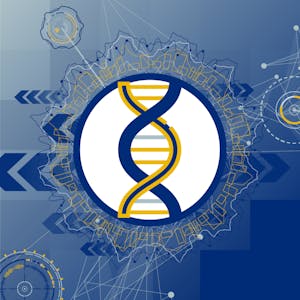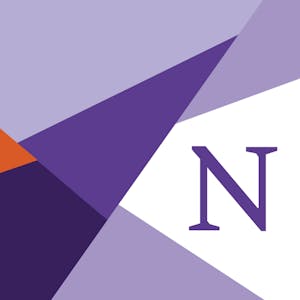Endpoints and Systems

$49
ENROLL NOWCourse Overview
The three most used endpoint operating systems are Windows, Linux, and Mac. When investigating security incidents, security analysts often encounter these operating systems running on servers or user end hosts. If you are an associate-level cybersecurity analyst who is working in security operation centers, this course will help you understand basic Windows operations principles. By the end of the course, you will be able to: •By the end of the course, you will be able to: • Describe the history of the Windows operating system and vulnerabilities. • Describe the Windows OS architecture and components. • Describe Windows processes, threads, and handles. • Describe virtual memory allocation in the Windows OS.• Describe Windows services and how they are used. • Describe the functionality of Windows NTFS. • Describe the Windows NTFS structure. • Describe Windows domains and local user accounts. • Describe the Windows graphical user interface and its use. • Describe how to perform tasks in Windows which may require administrator privileges.• Describe the Windows command line interface use and features. • Describe the features of the Windows PowerShell. • Describe how the net command is used for Windows administration and maintenance. •Describe how to control Windows startup services and execute a system shutdown. • Describe how to control Windows services and processes that are operating on a host. • Describe how to monitor Windows system resources with the use of Windows Task Manager. • Describe the Windows boot process, starting services, and registry entries. • Describe how to configure Windows networking properties. •Use the netstat command to view running networking functions. •Access Windows network resources and perform remote functions. •Describe the use of the Windows registry. •Describe how the Windows Event Viewer is used to browse and manage event logs. • Use the Windows Management Instrumentation to manage data and operations on Windows-based operating systems.• Understand common Windows server functions and features. • Describe commonly used third-party tools to manage to manage Windows operating systems. • Explore the Windows operating system and services. The knowledge and skills that students are expected to have before attending this course are: 1. Skills and knowledge equivalent to those learned in Implementing and Administering Cisco Solutions (CCNA) v1.0 course 2. Familiarity with Ethernet and TCP/IP networking 3. Working knowledge of the Windows and Linux operating systems 4. Familiarity with basics of networking security concepts.
Course FAQs
What are the prerequisites for 'Endpoints and Systems'?
Prerequisites for this continuing education class are set by Cisco Learning and Certifications. Most professional development online classes benefit from some prior knowledge. Please check the provider's page for specific requirements.
Will I receive a certificate for this CE class?
Yes, upon successful completion, Cisco Learning and Certifications typically offers a shareable certificate to showcase your new skills and fulfill your continuing education requirements.
How long does this online course take to complete?
Completion times for online continuing education courses vary. The provider's website will have the most accurate estimate of the time commitment needed.





